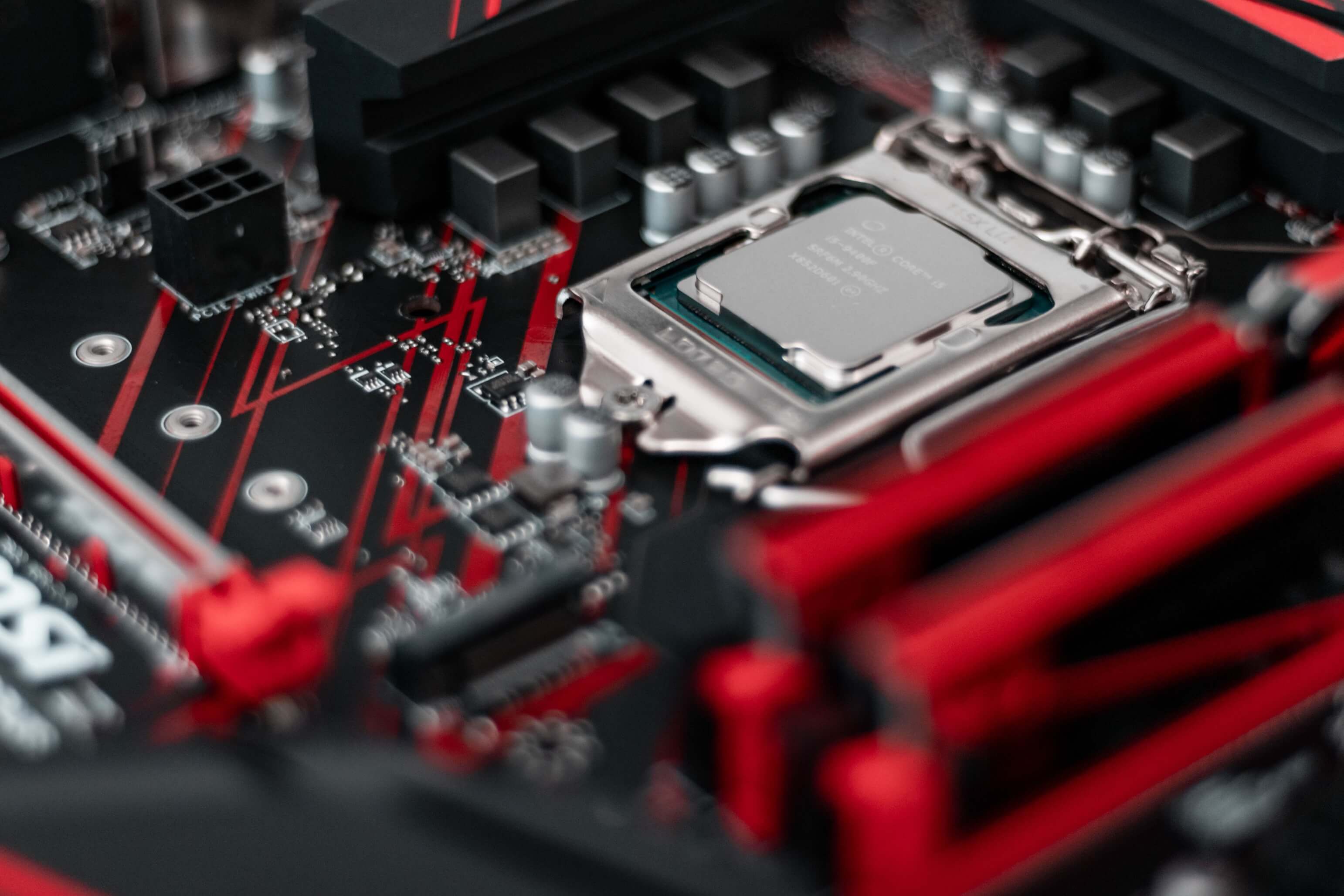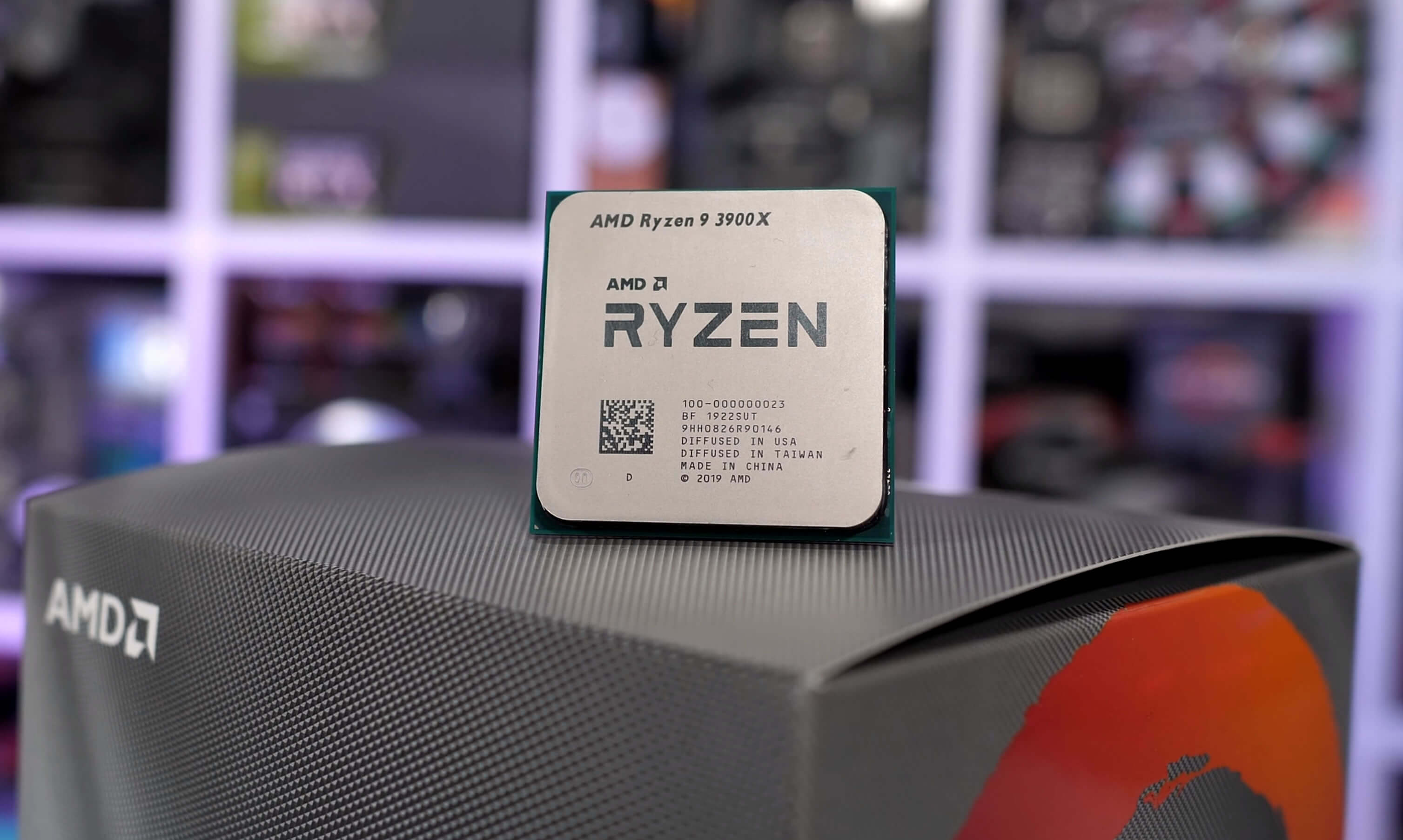AMD's next-generation CPU microarchitecture may come with huge improvements to multithreading. According to rumors from Hardwareluxx, Zen 3 will introduce a new level of simultaneous multithreading (SMT) that doubles execution thread count per core from two to four, enabling 64C/256T chips.
This would make the third generation of EPYC processors ("Milan") especially attractive to cloud, enterprise, and other high-performance computing sectors, which primarily benefit from SMT. AMD has already confirmed that the design for Zen 3 is complete.
AMD won’t be the first ever company to do this kind of thing. some iterations of IBM’s Power architecture support up to eight execution threads per core. However, if the rumors are to be believed, AMD will be the first ever to introduce an x86 microarchitecture capable of executing more than two threads per core.
This would make the third generation of EPYC processors ("Milan") especially attractive to cloud, enterprise, and other high-performance computing sectors, which primarily benefit from SMT. AMD has already confirmed that the design for Zen 3 is complete.
AMD won’t be the first ever company to do this kind of thing. some iterations of IBM’s Power architecture support up to eight execution threads per core. However, if the rumors are to be believed, AMD will be the first ever to introduce an x86 microarchitecture capable of executing more than two threads per core.



